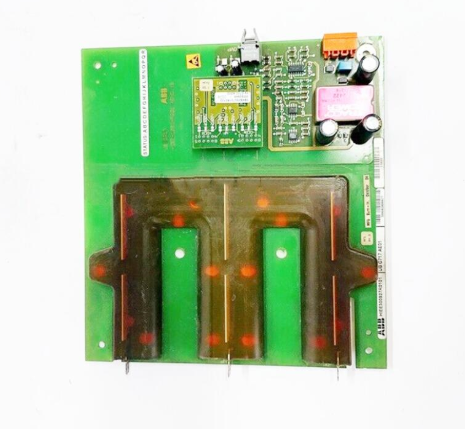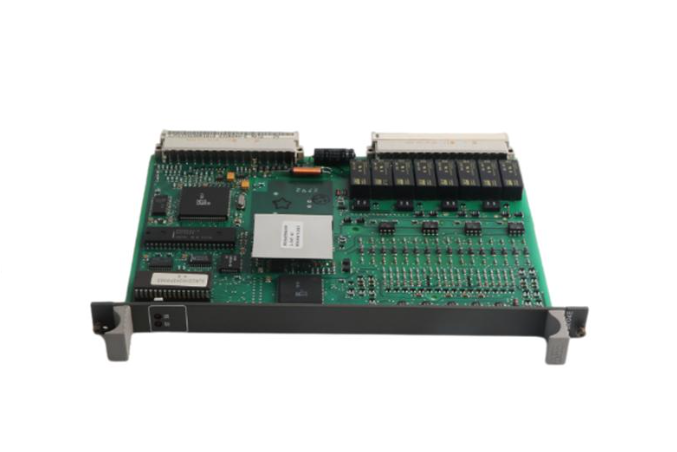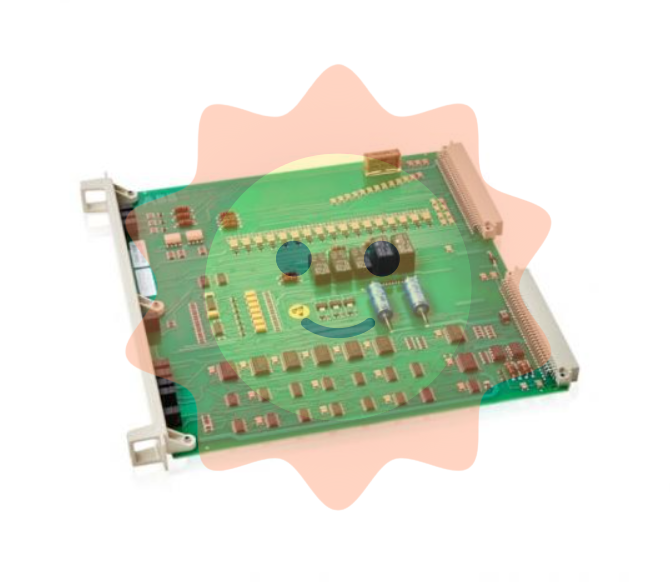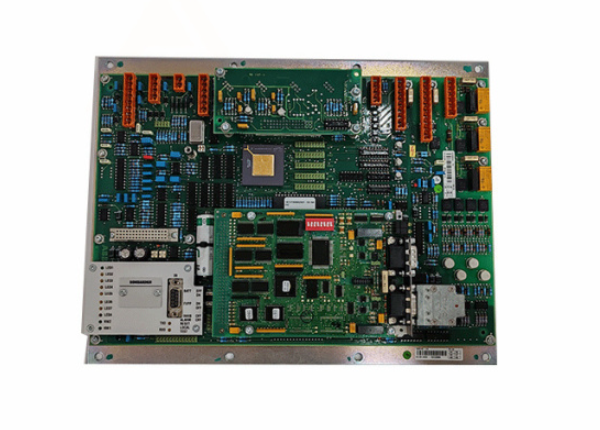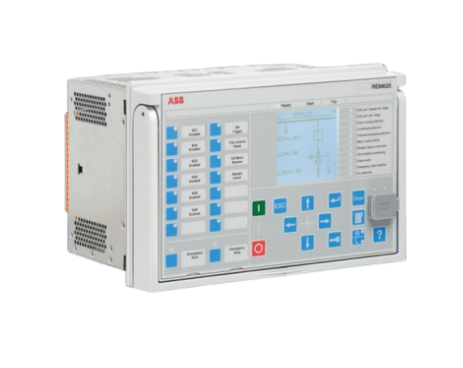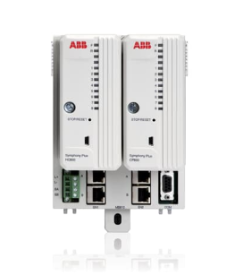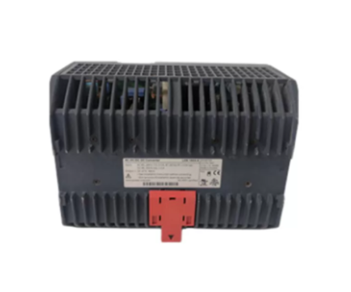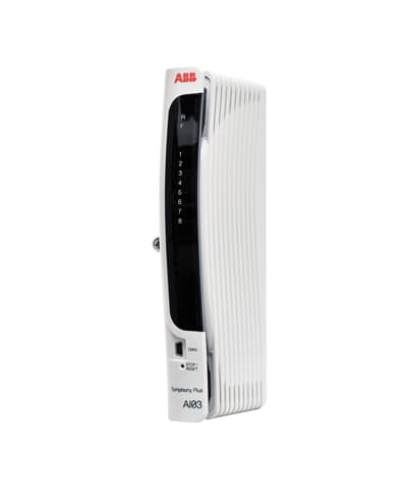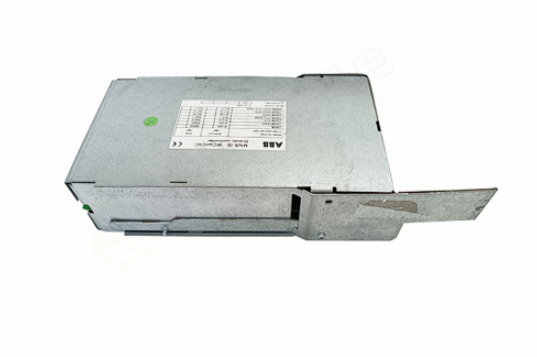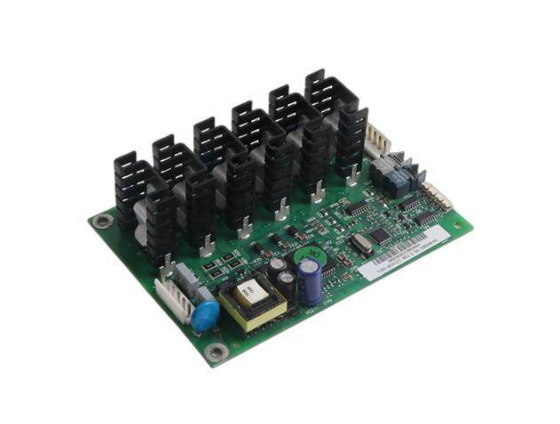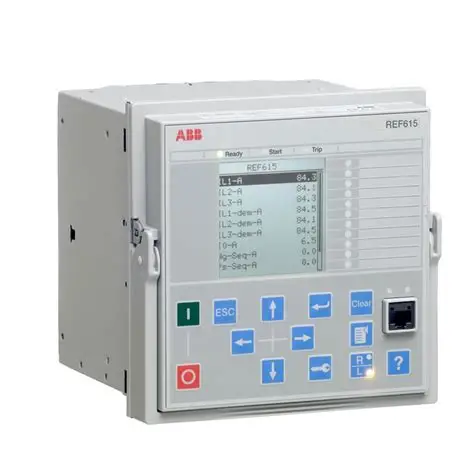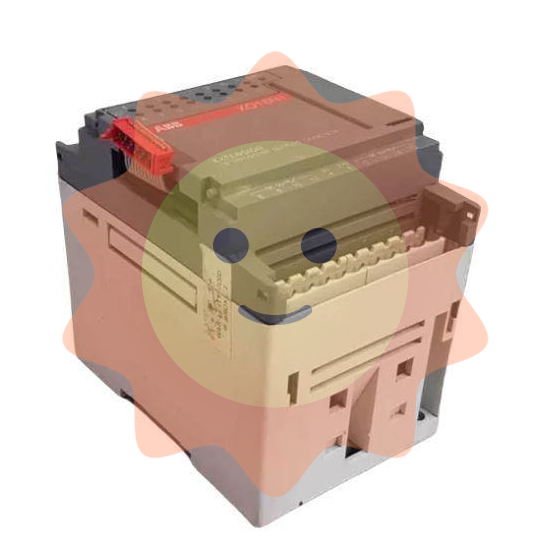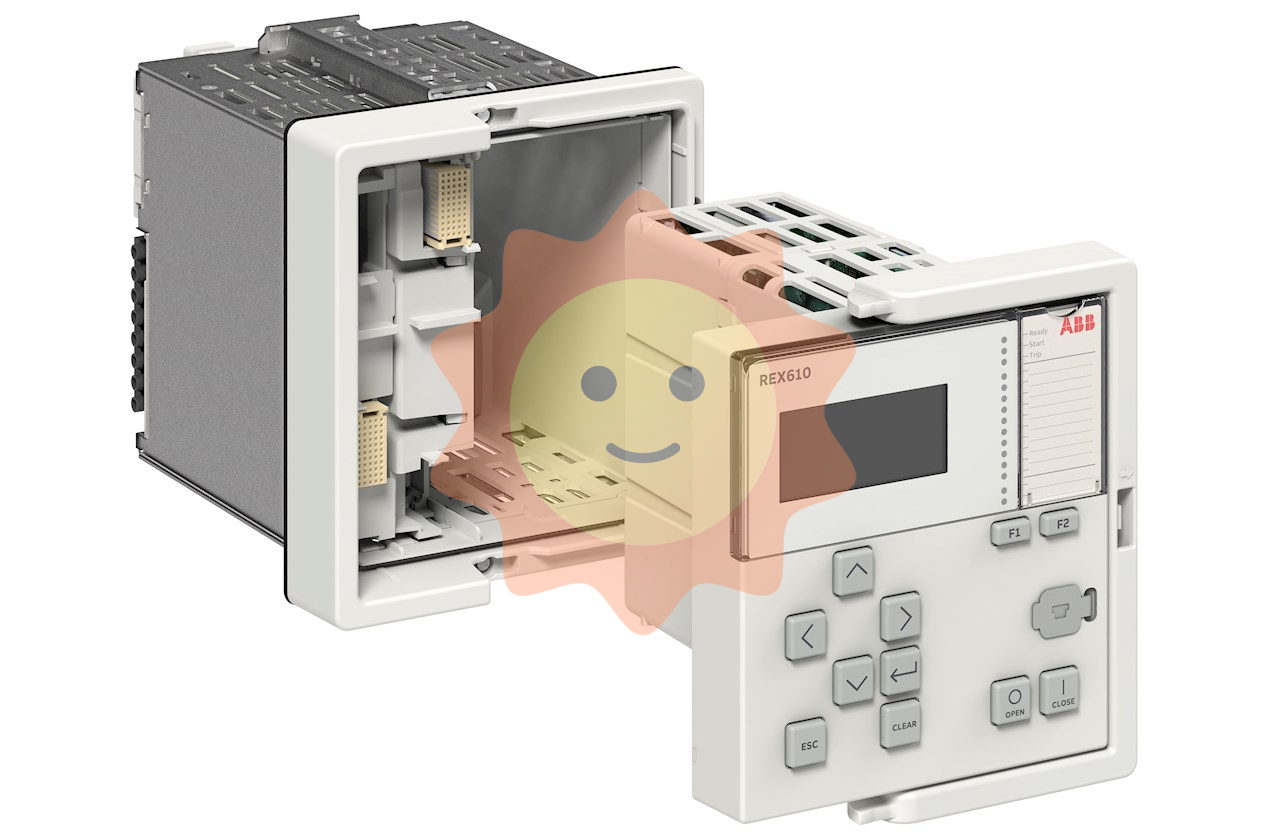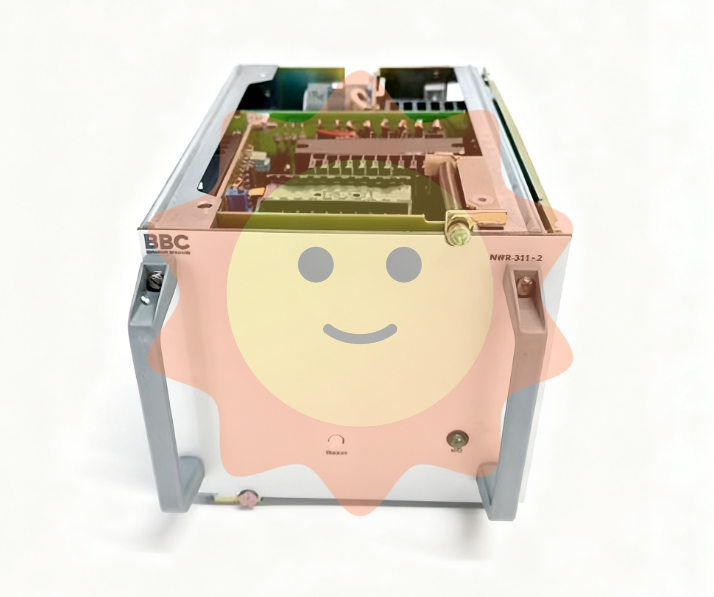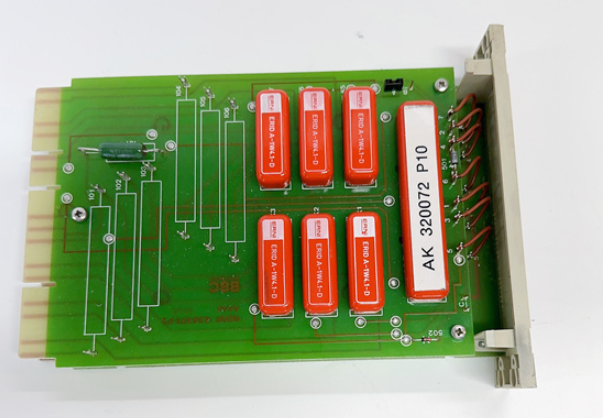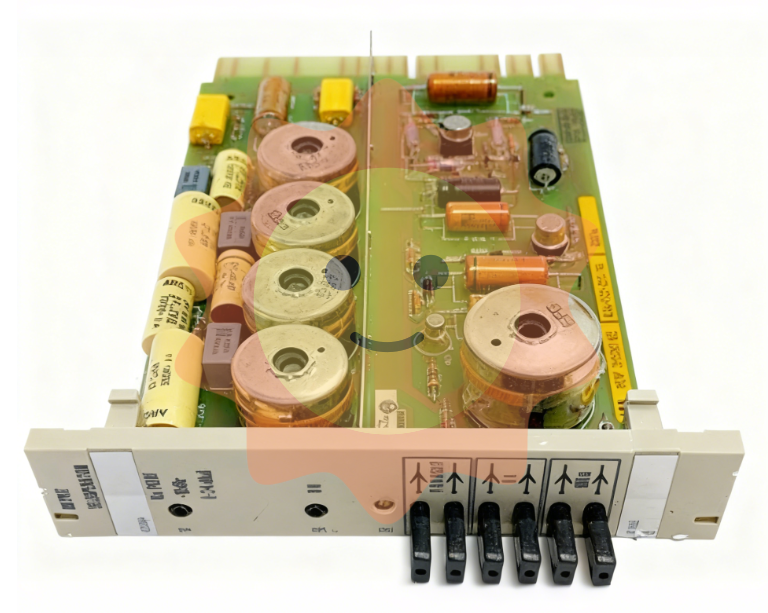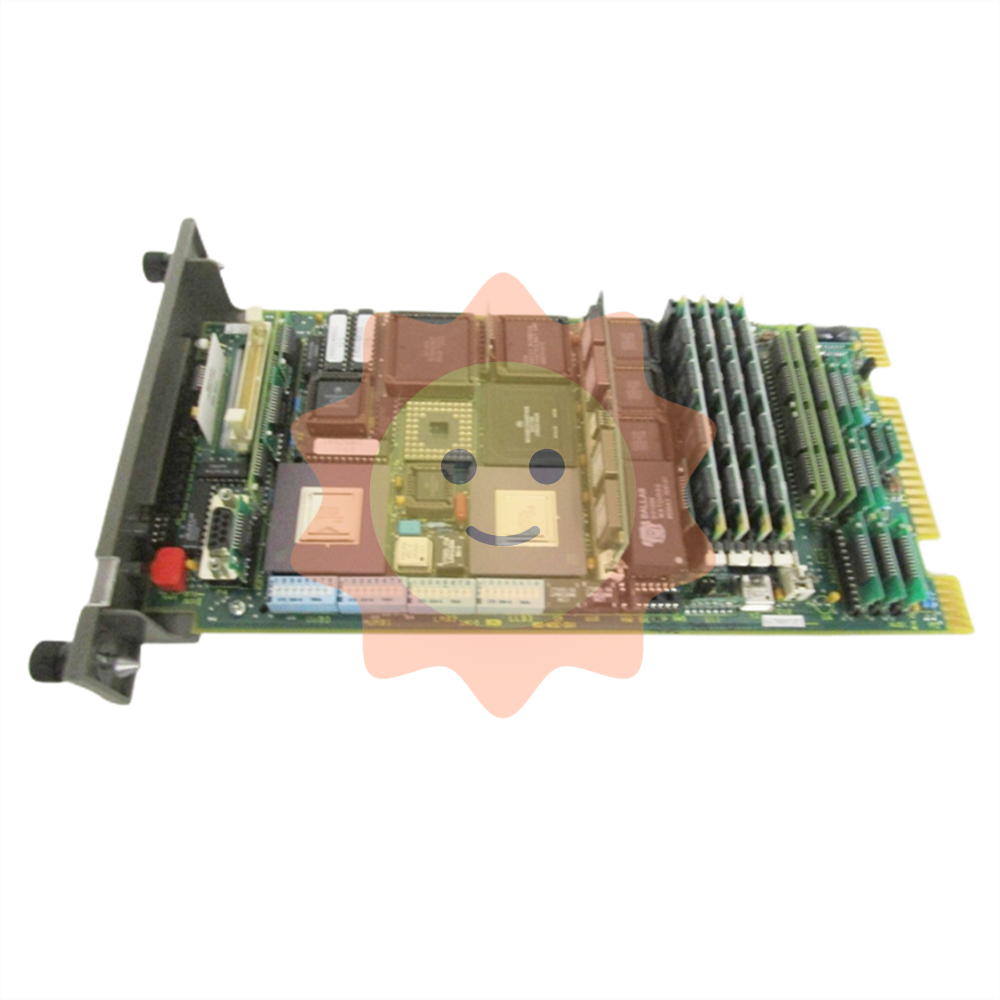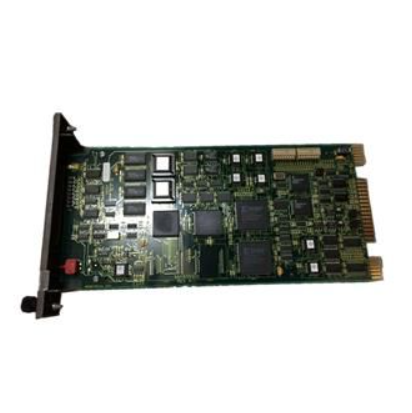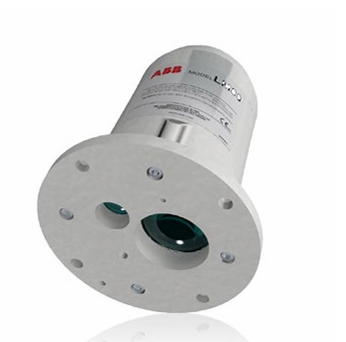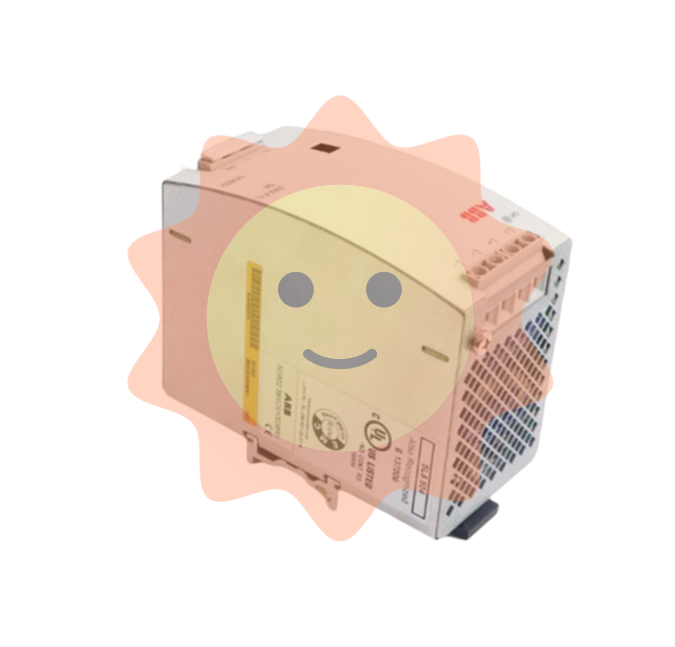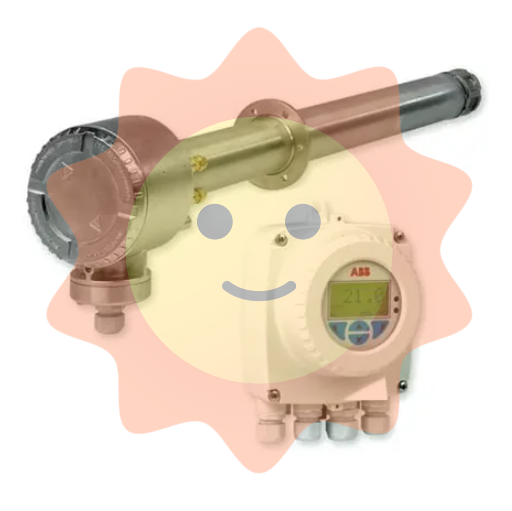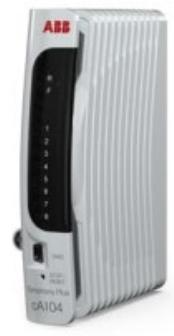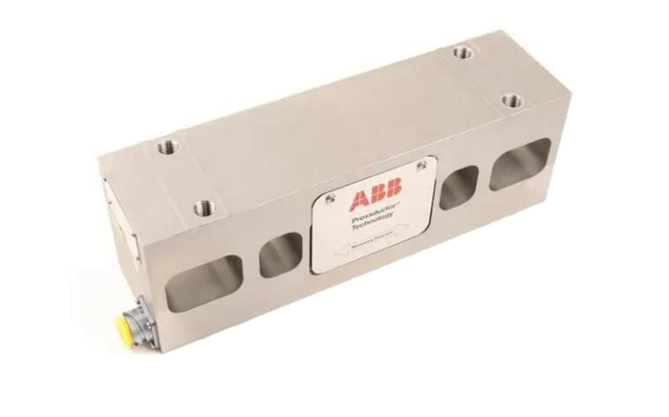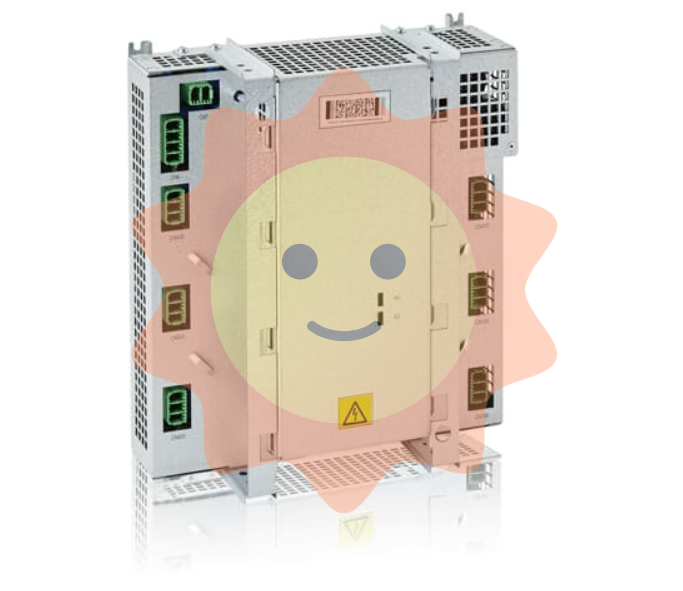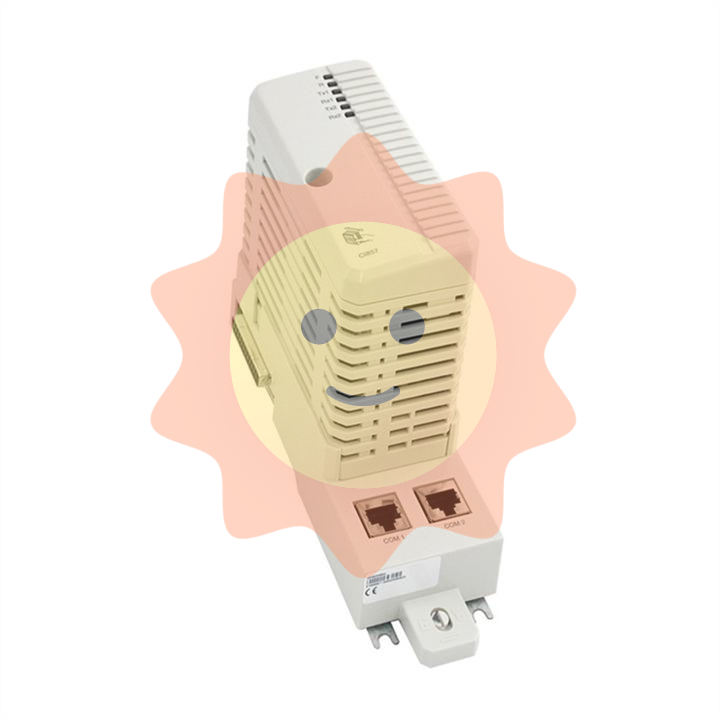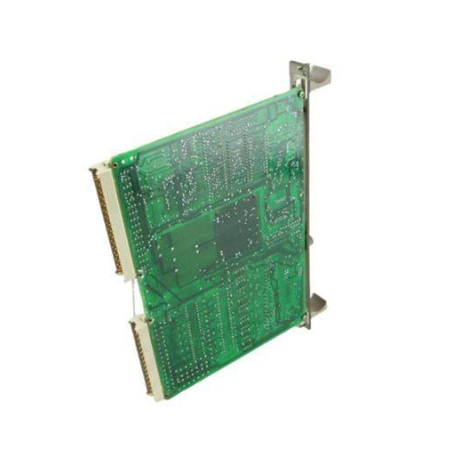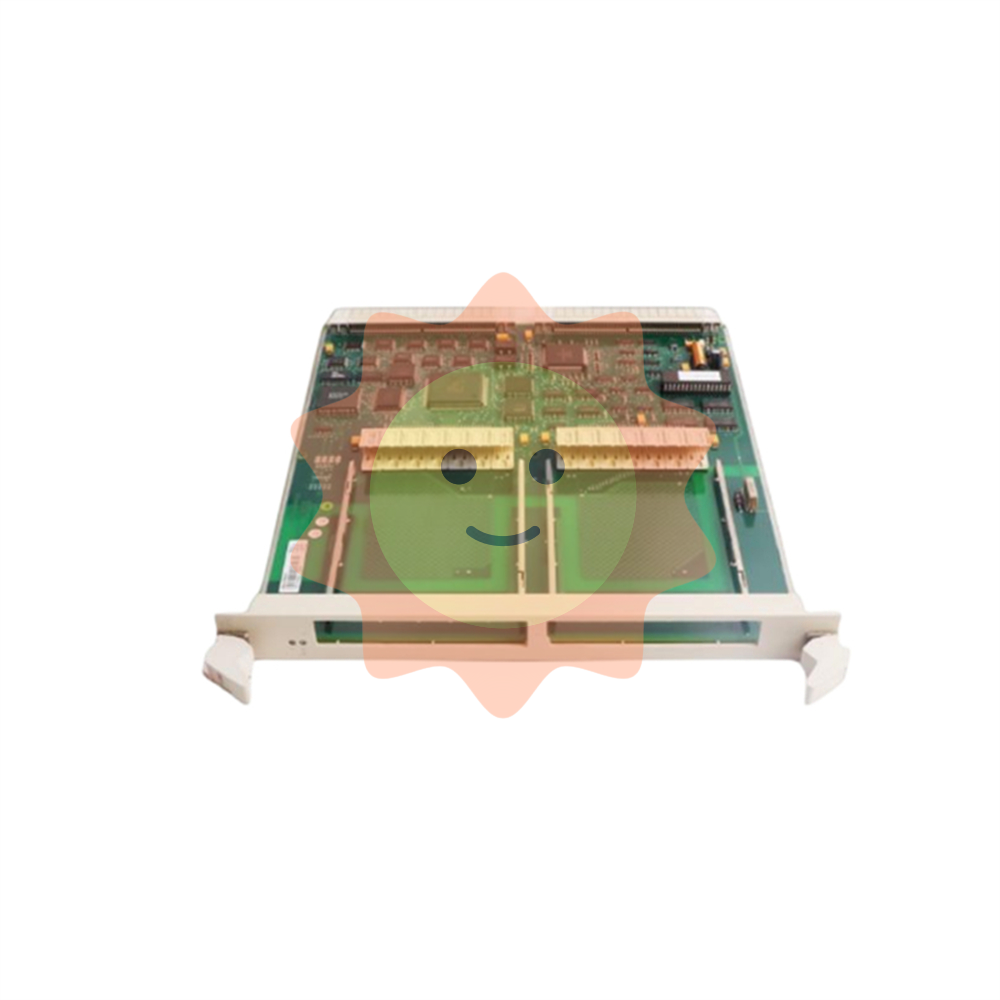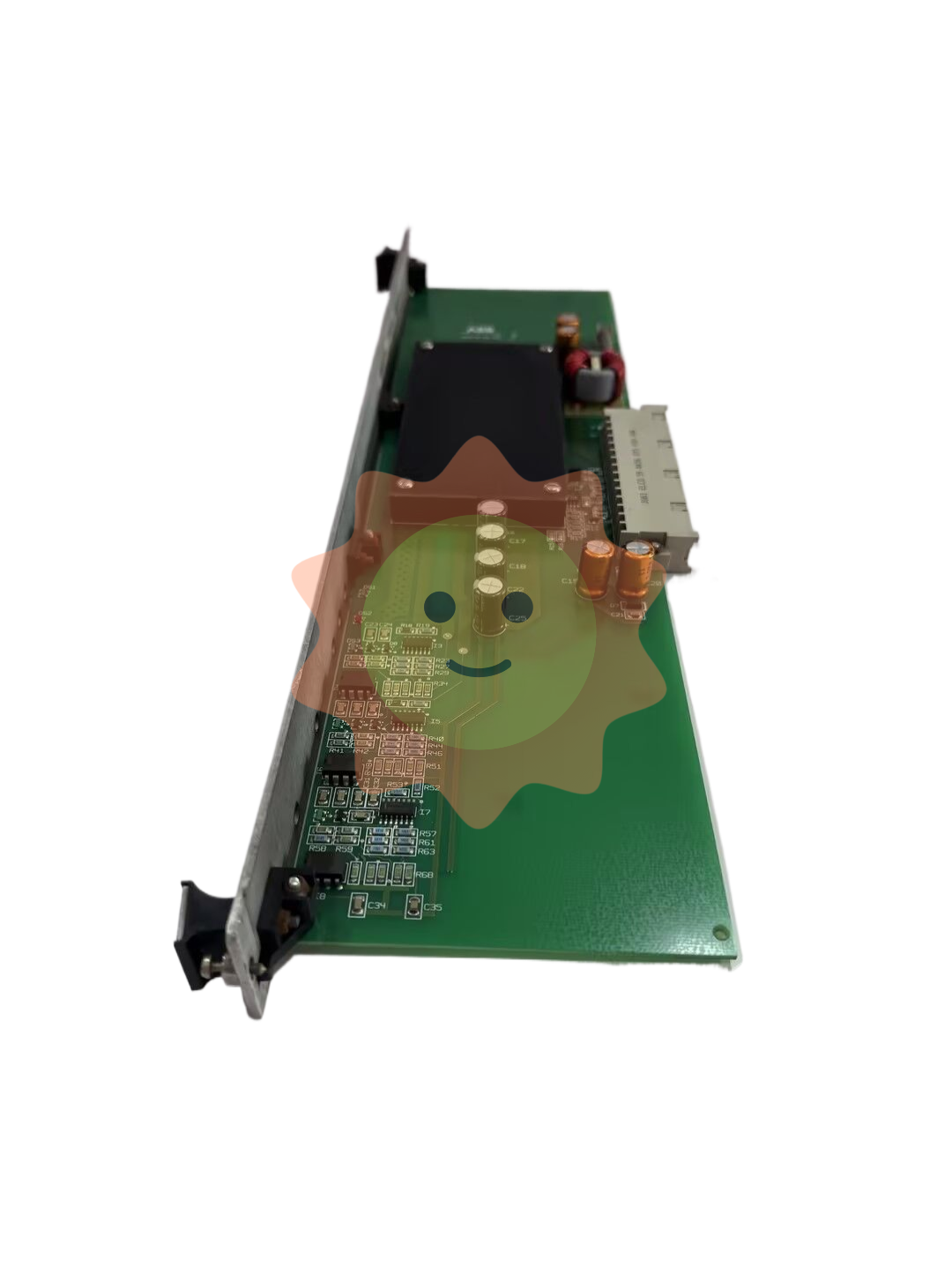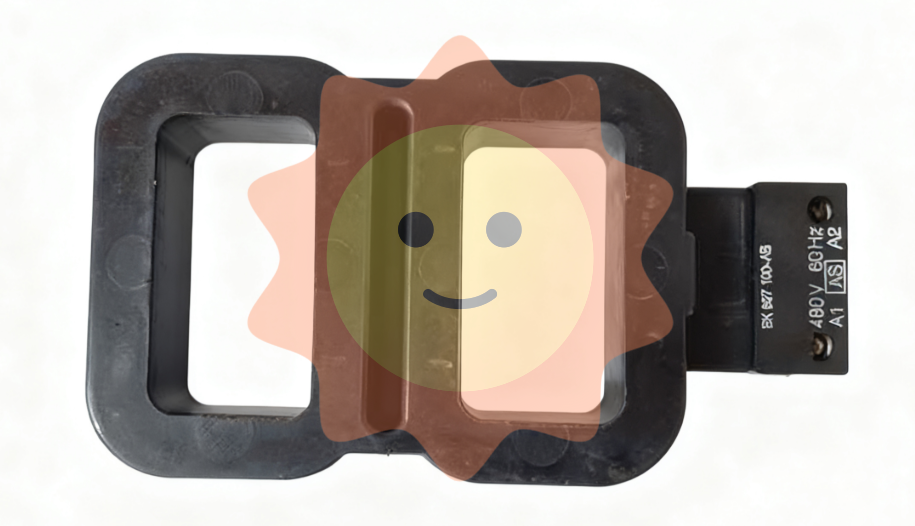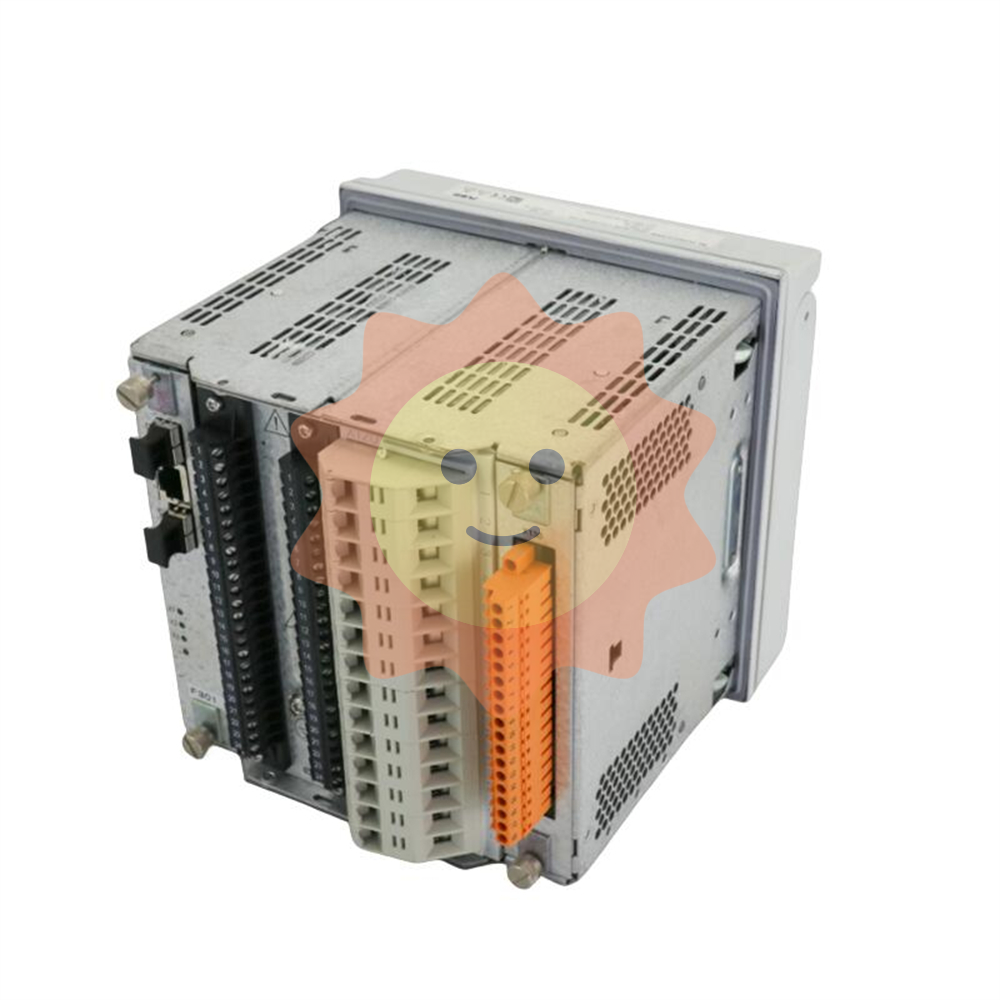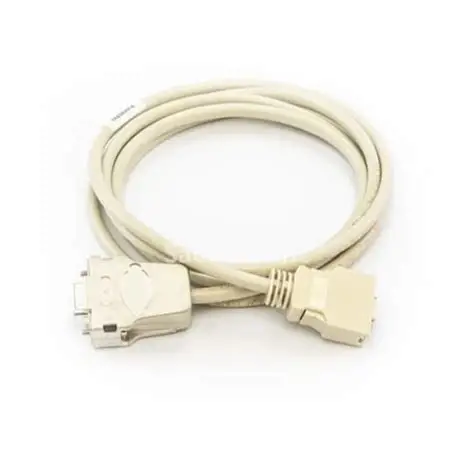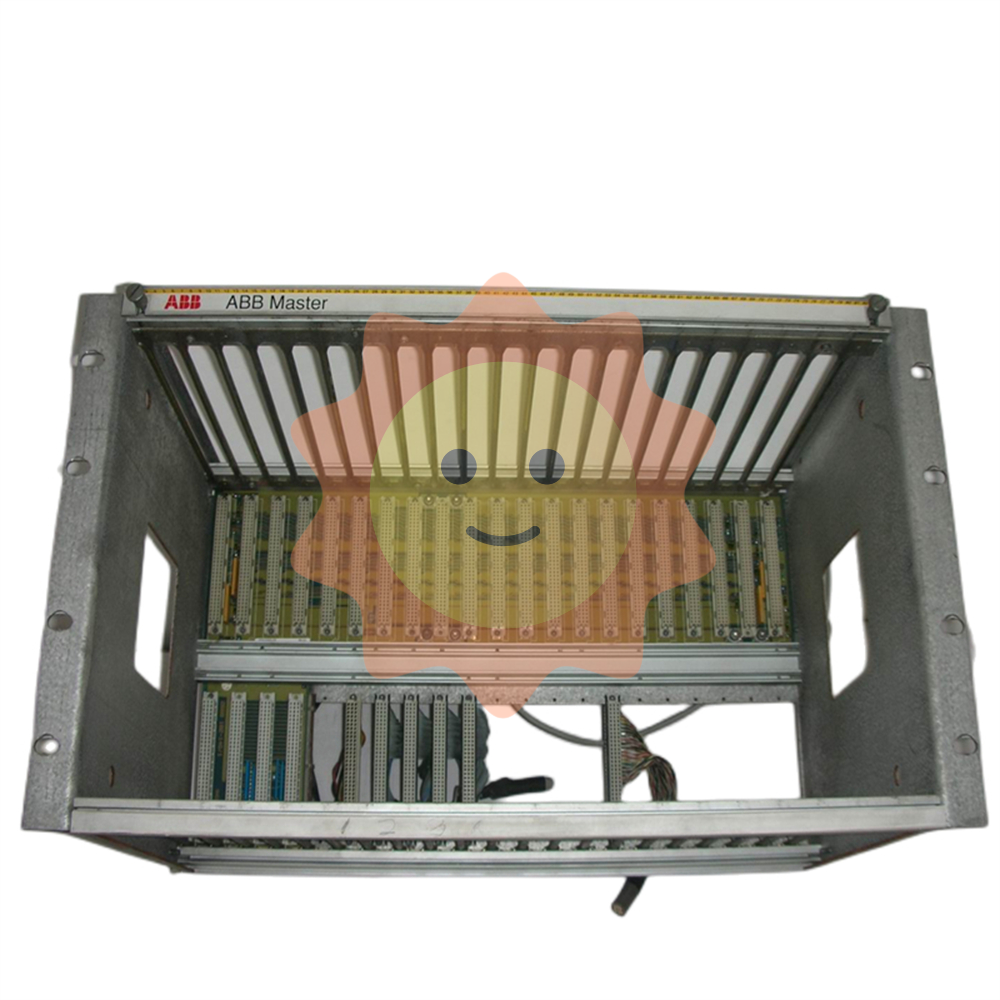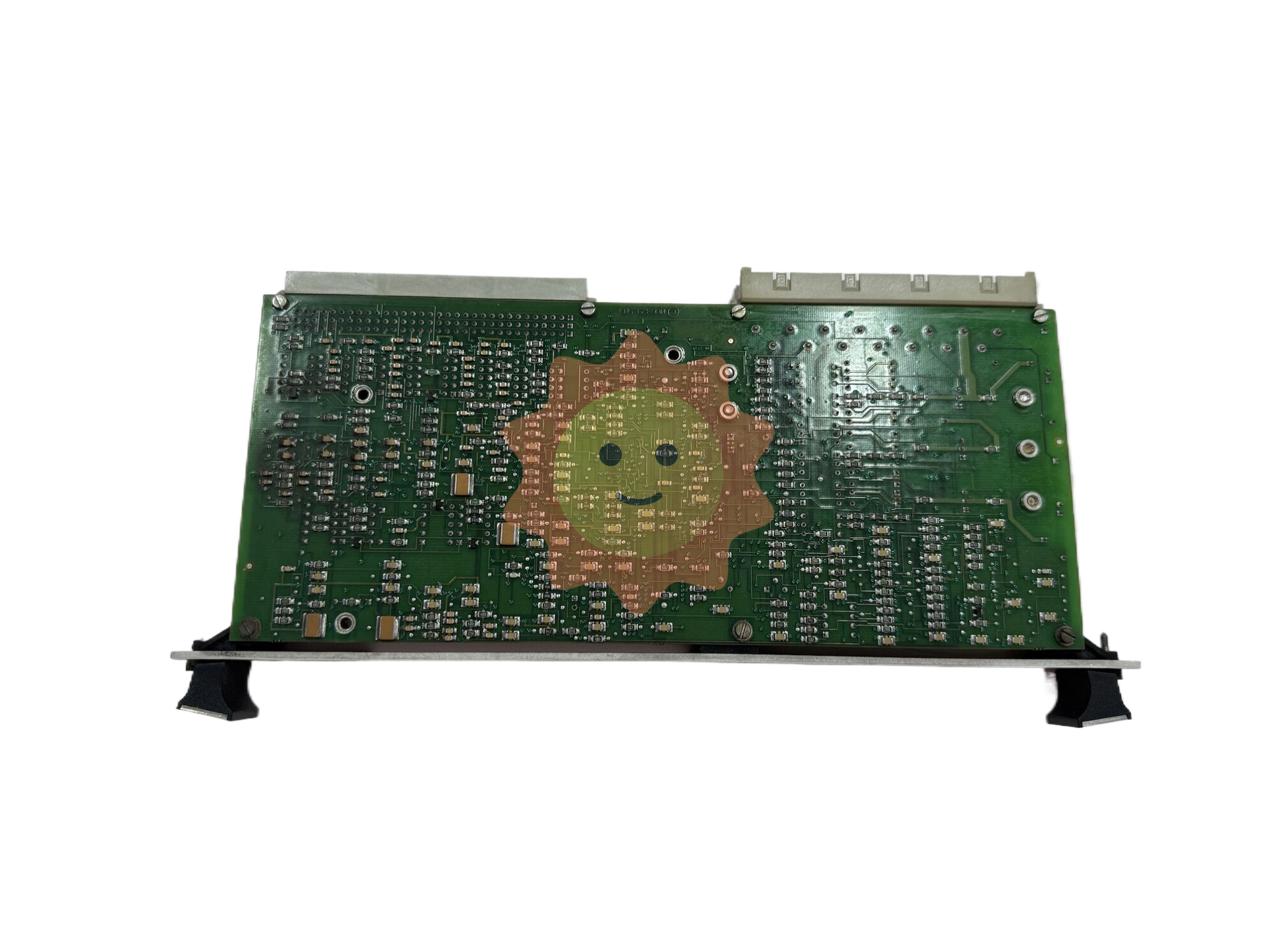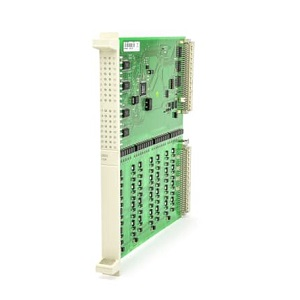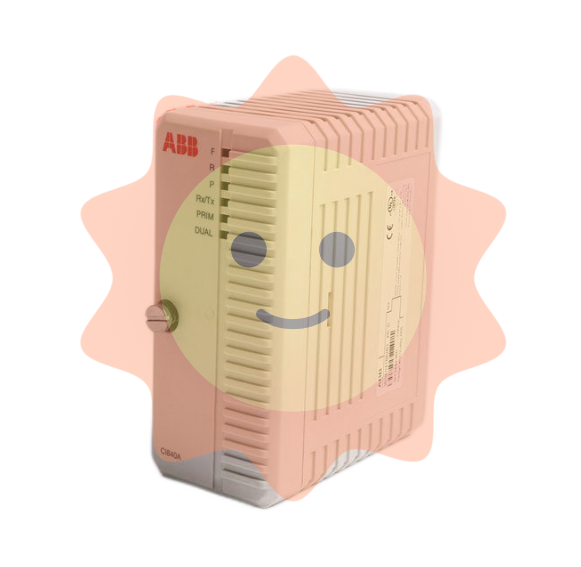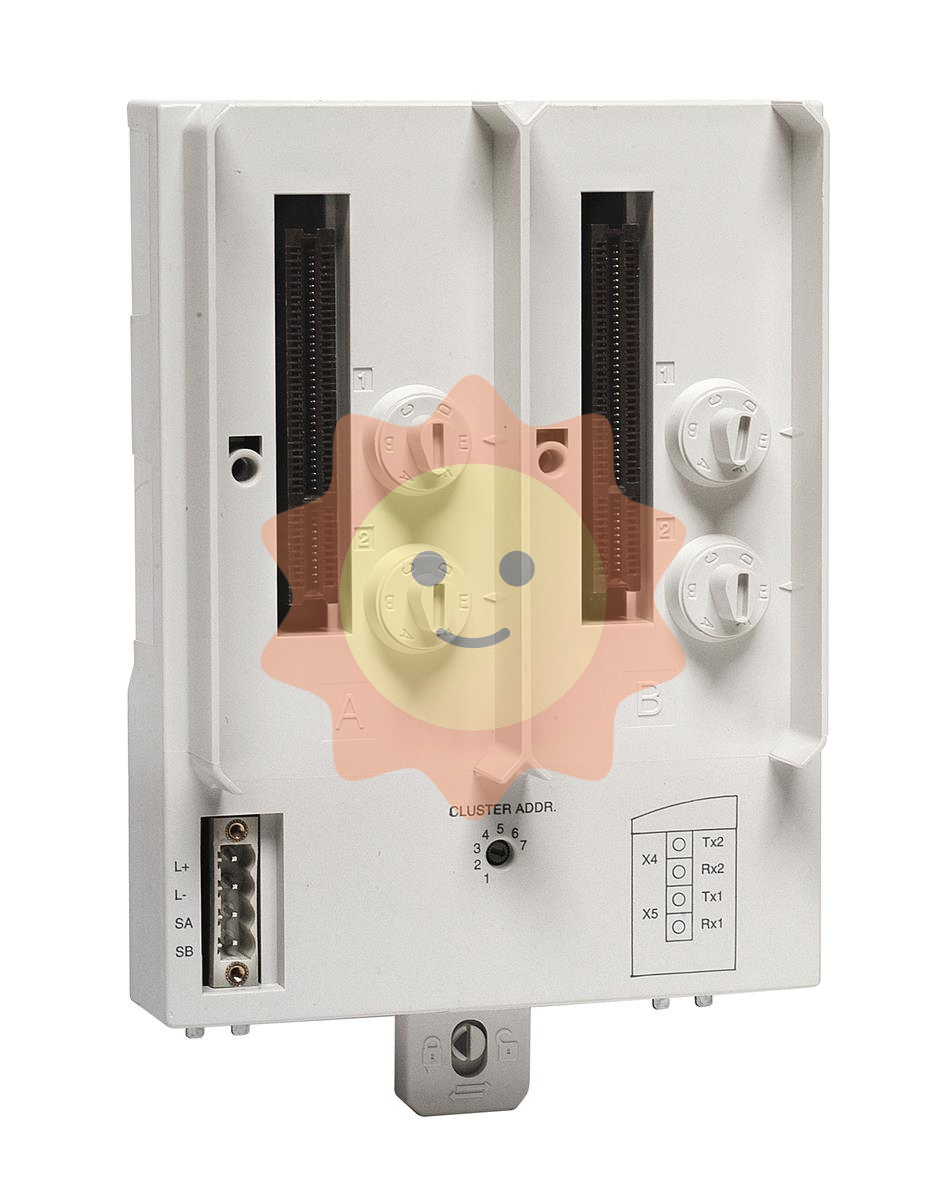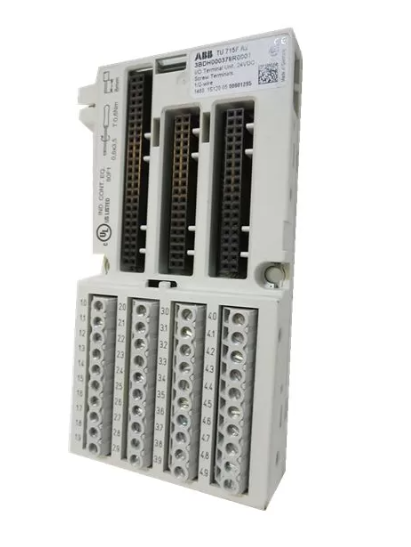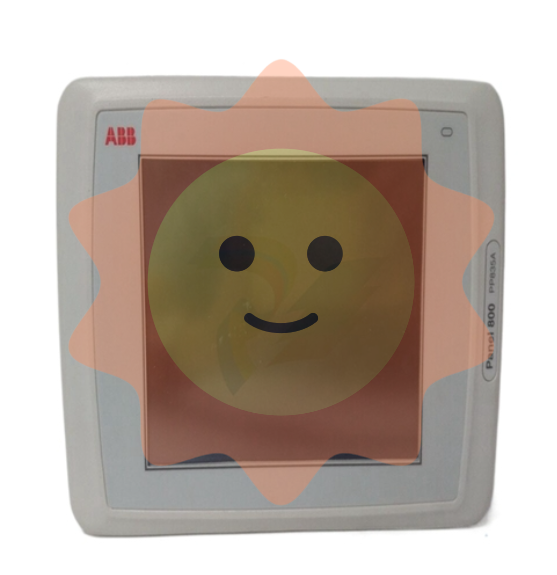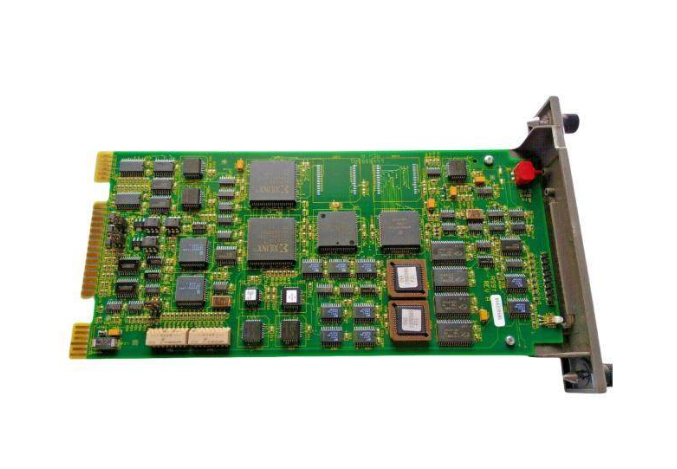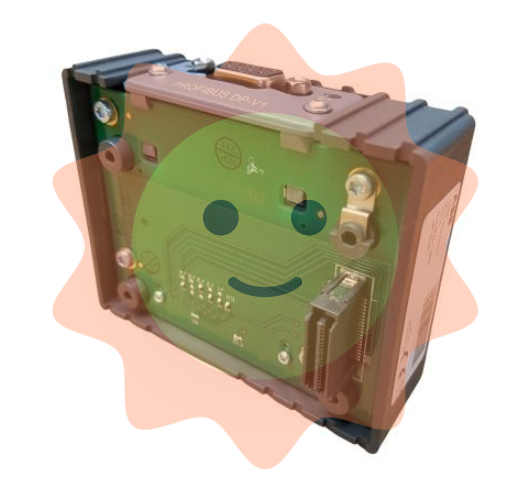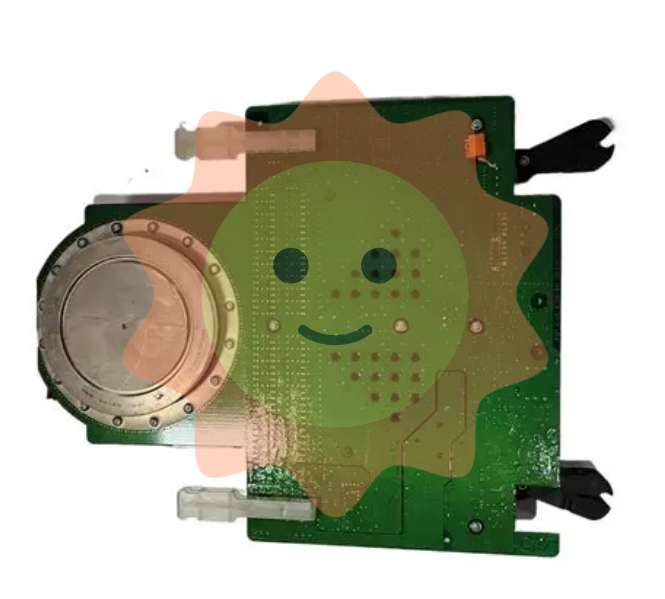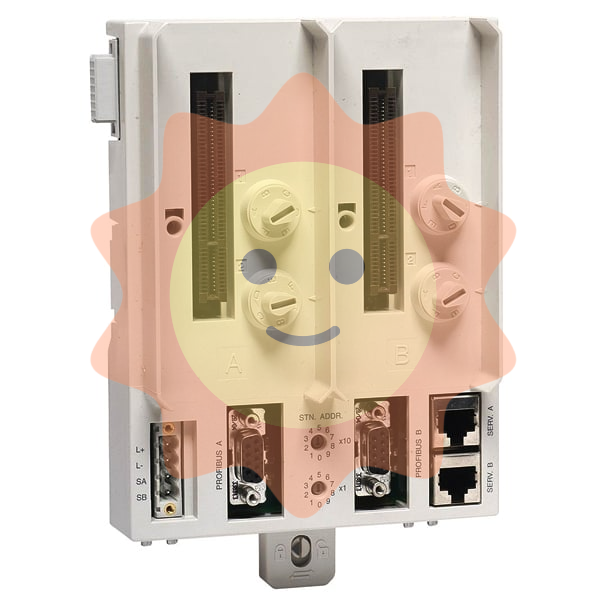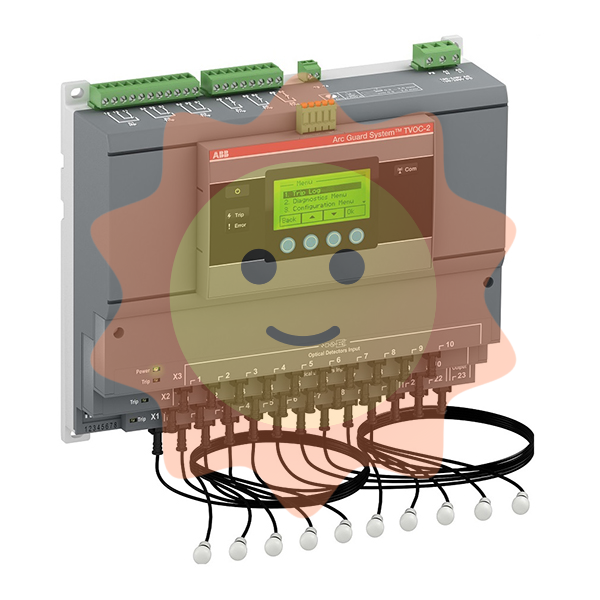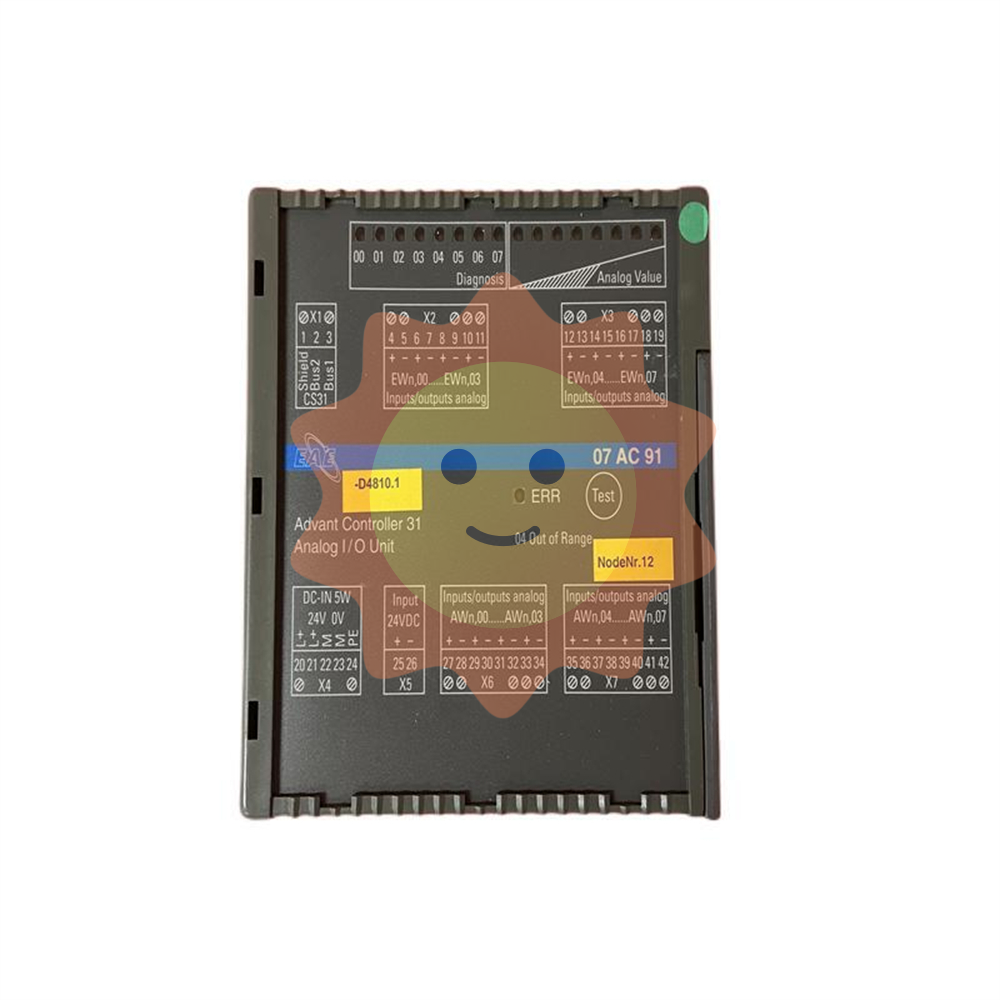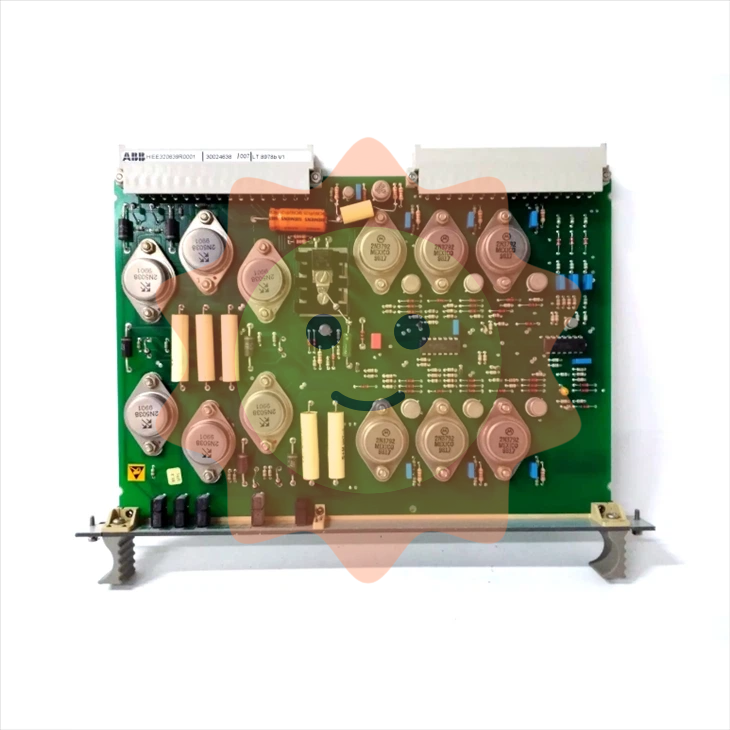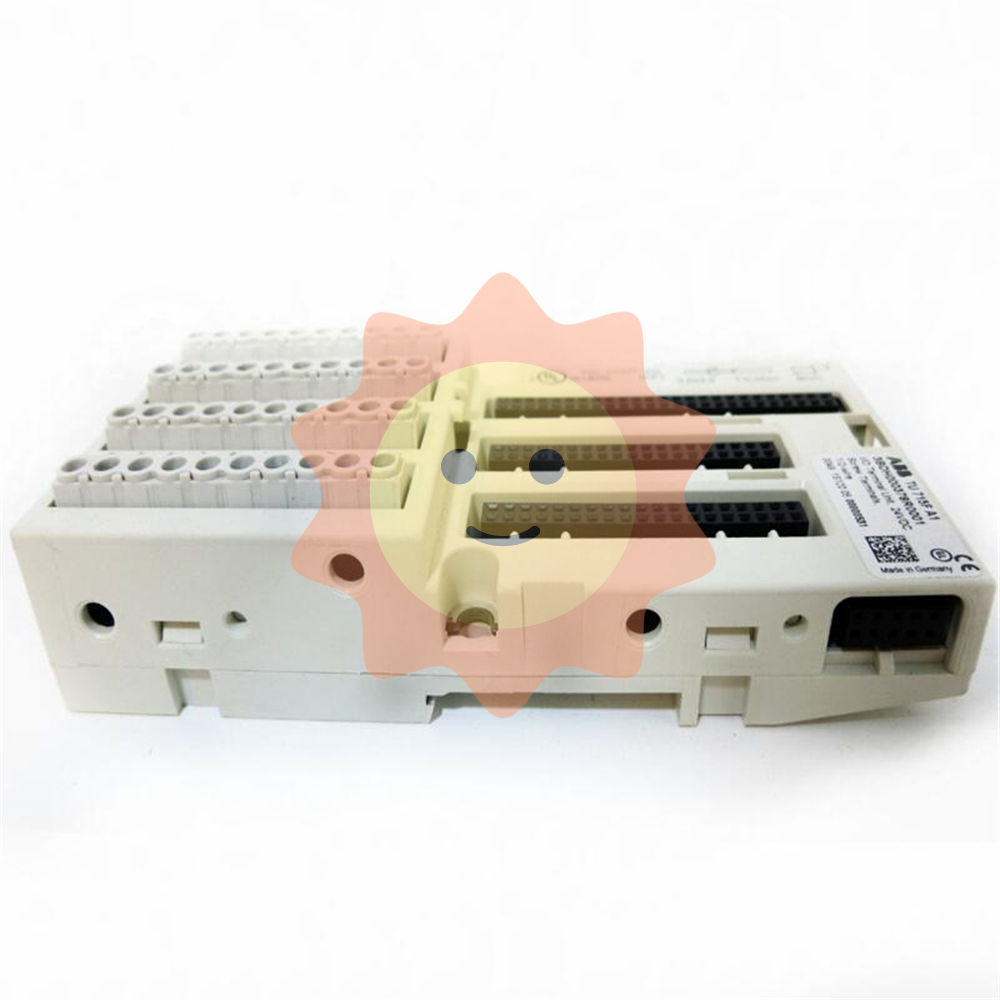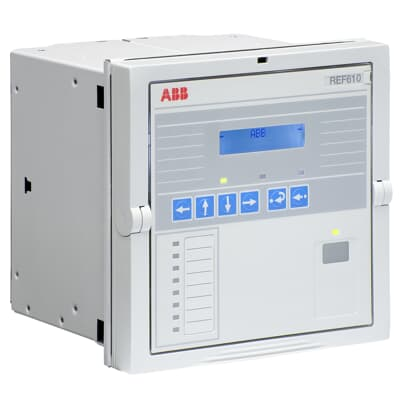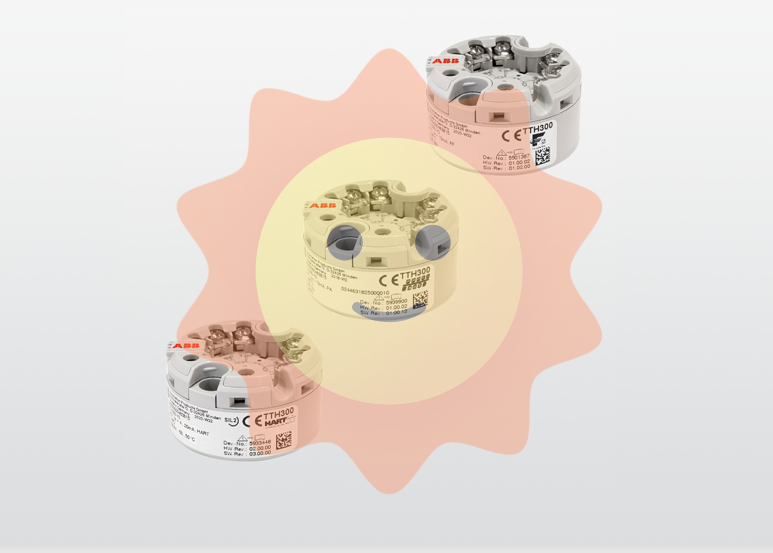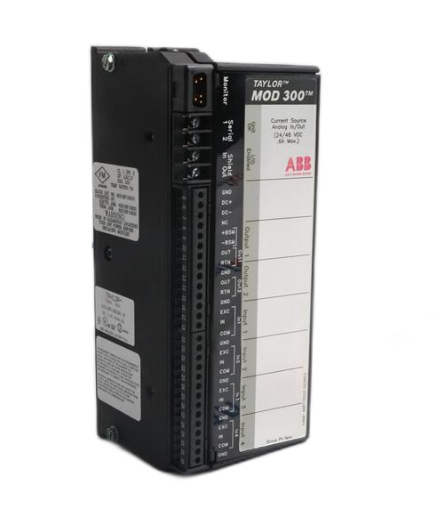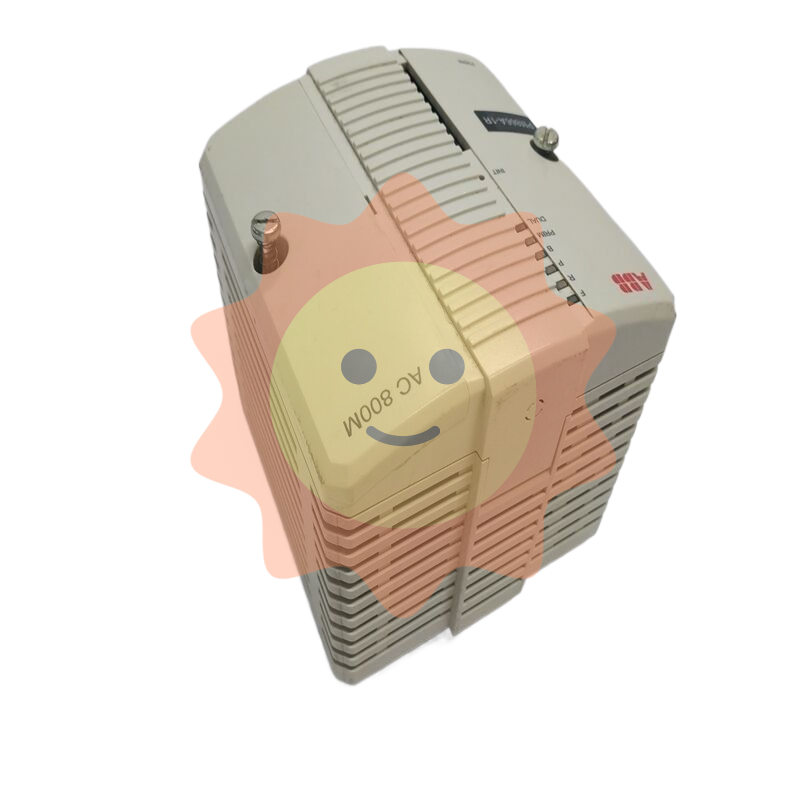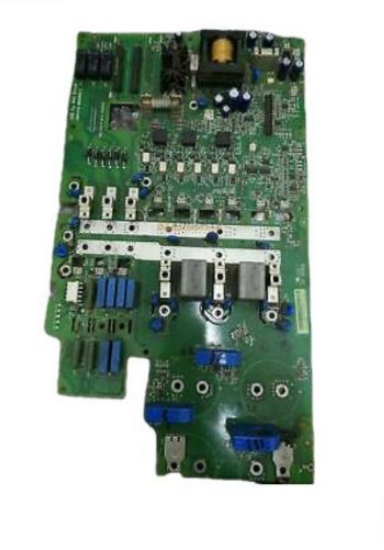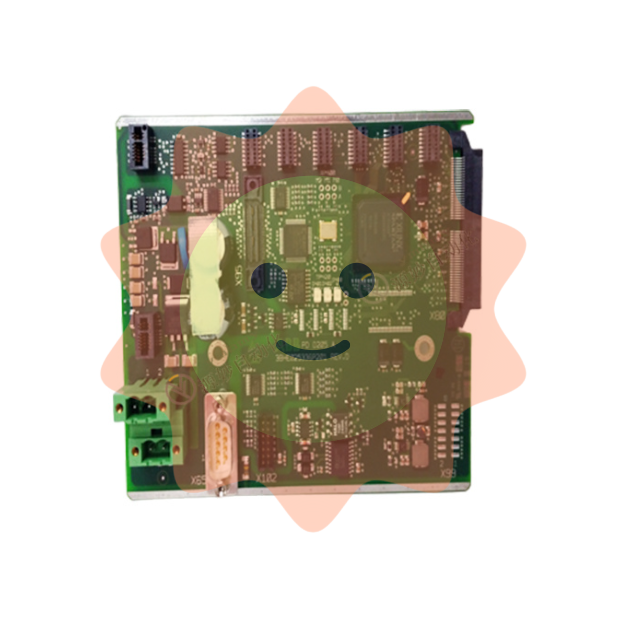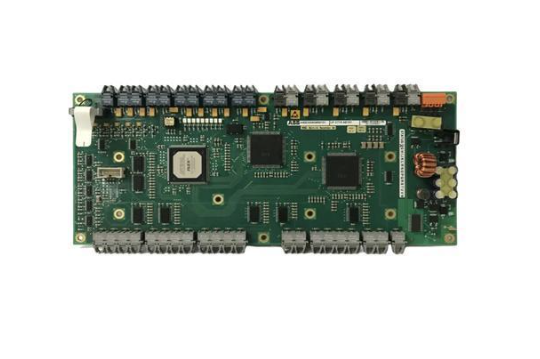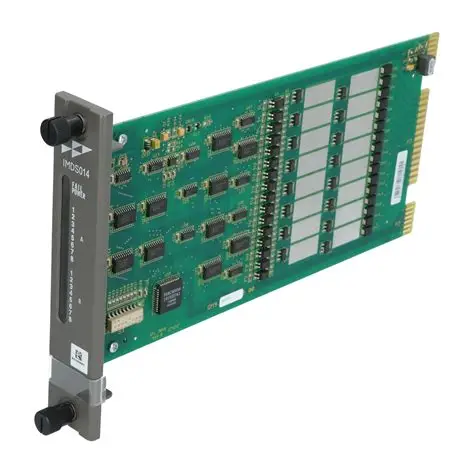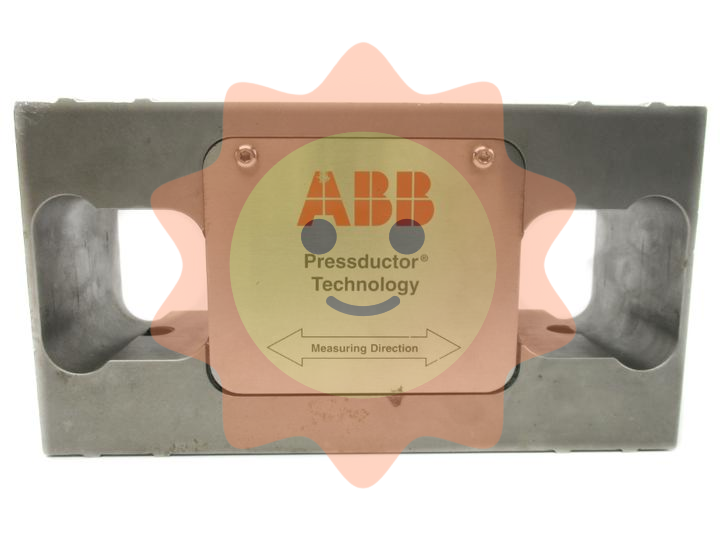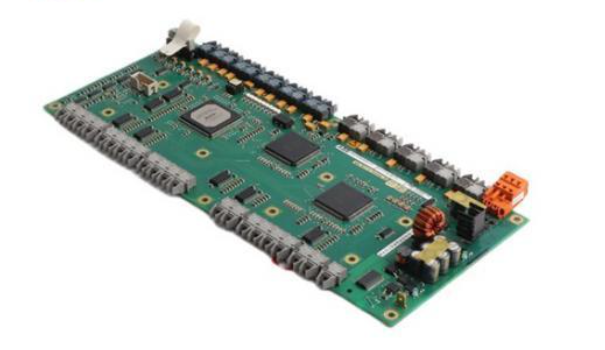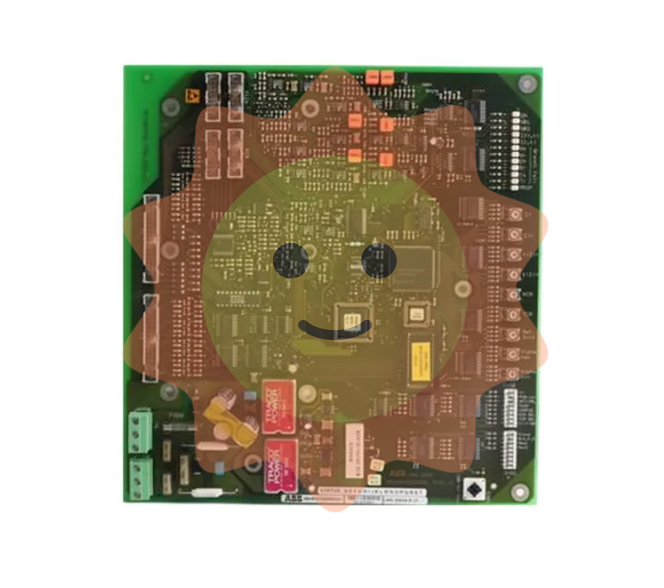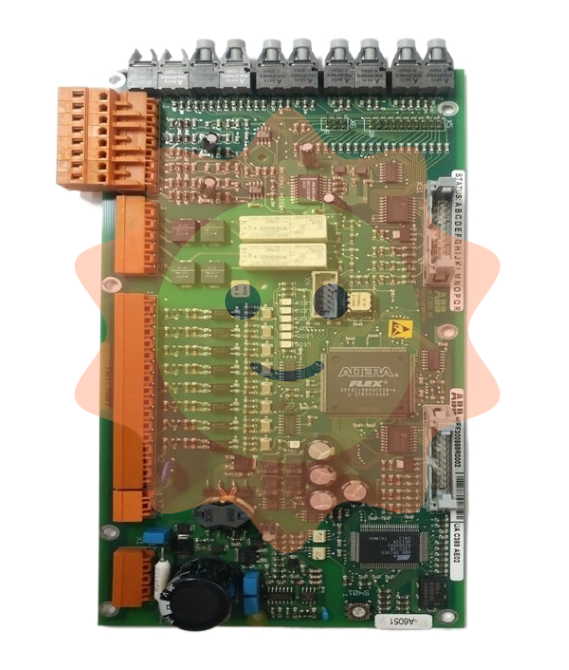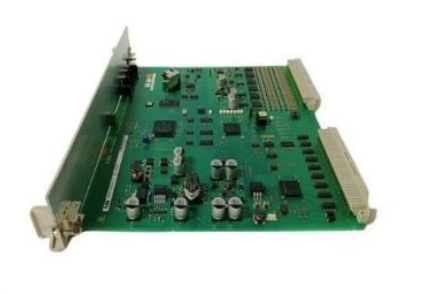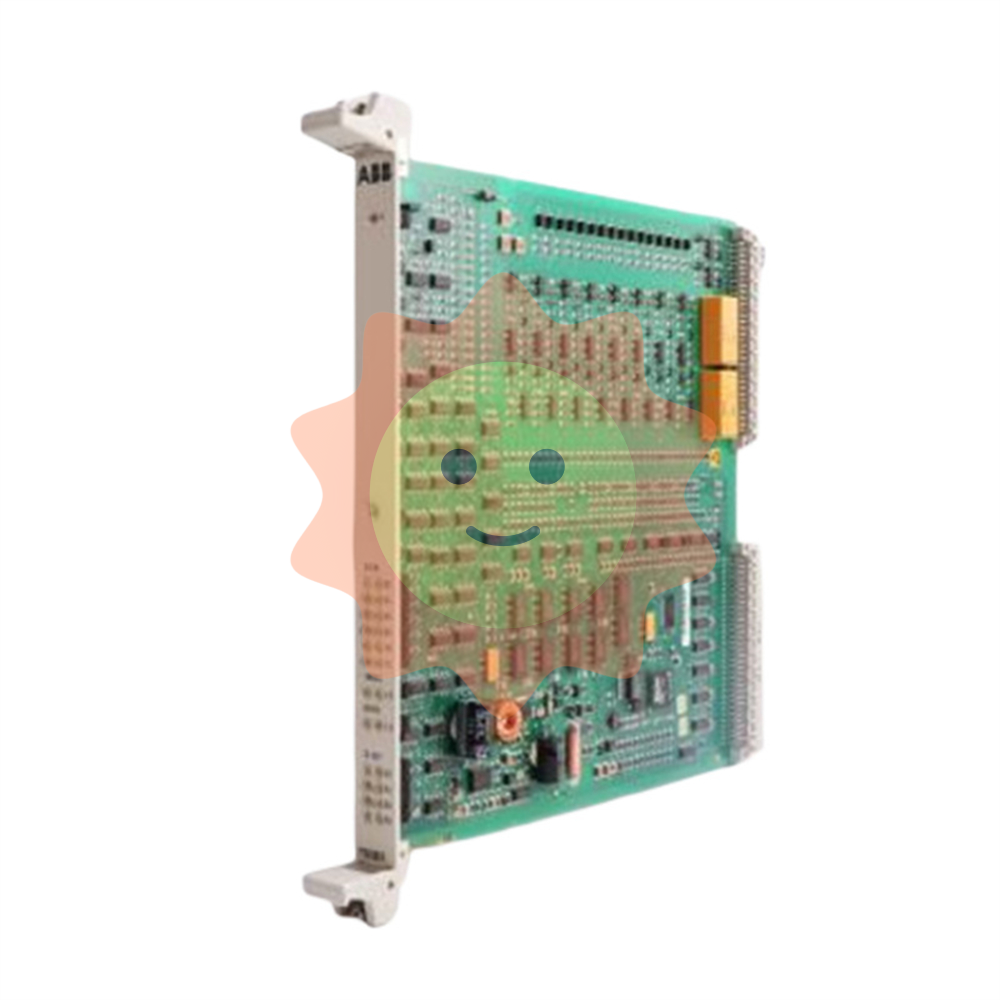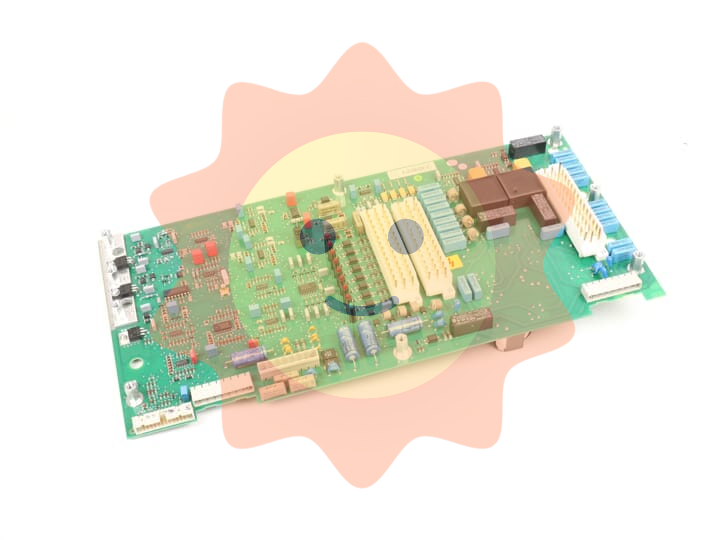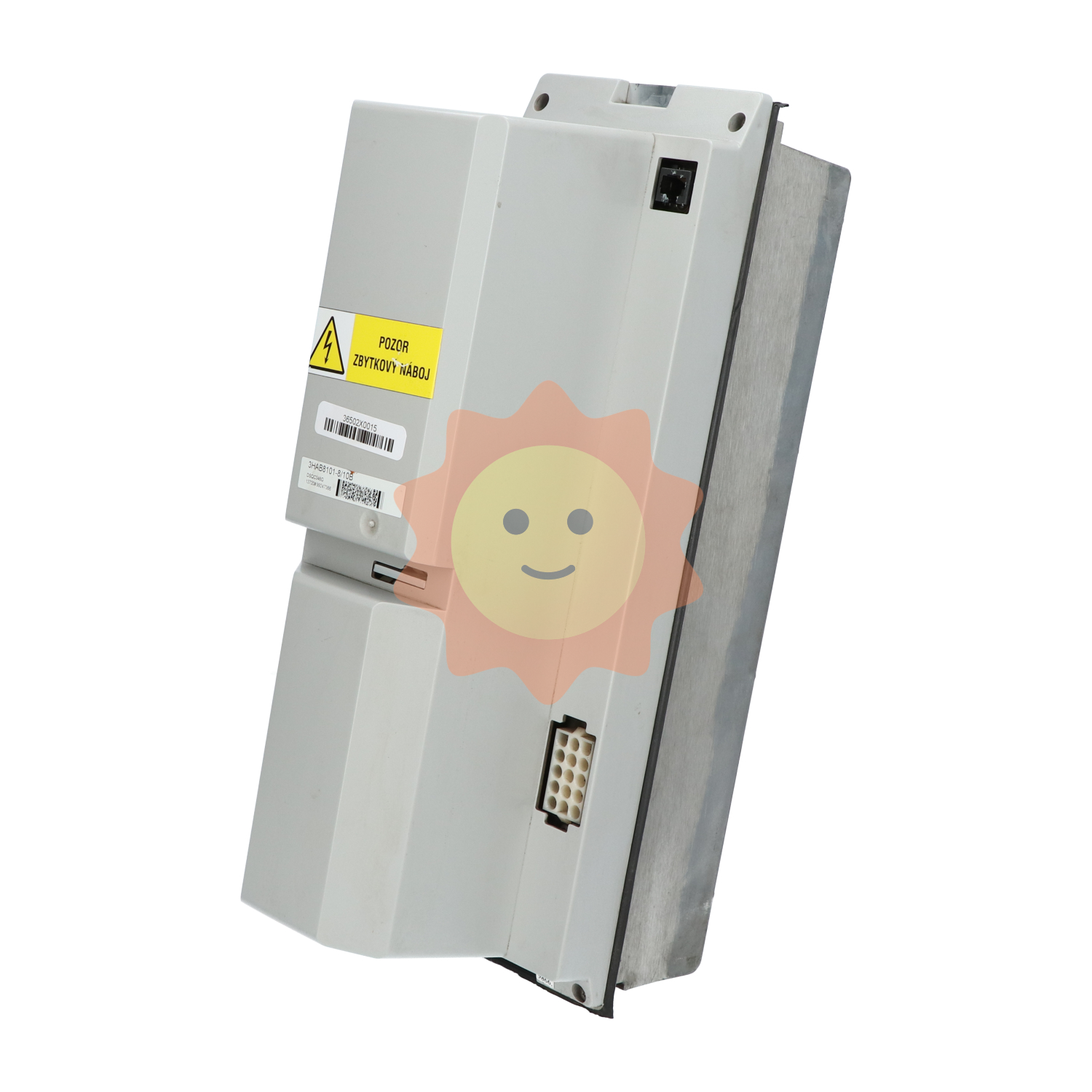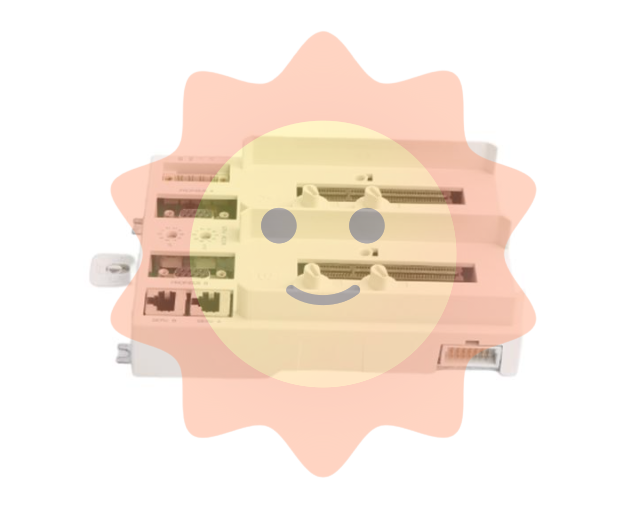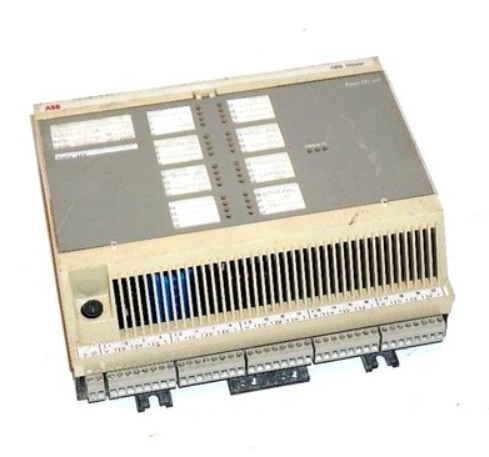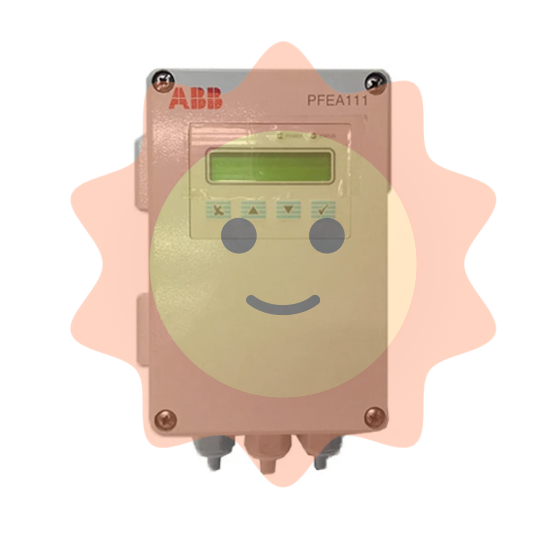To ensure the safety of national metal resources by recycling metal resources
Metal resources are exhaustible and non-renewable, and their safe supply plays an important role in national security. The shortage of the core technology of the industrial chain and the structural shortage of the supply chain have always been an important challenge for the security of metal resources in China. Faced with the reality of decreasing global resources and intensifying competition and the requirements of ecological civilization construction, the development and utilization of metal resources in China needs to take the road of circular development. It is necessary and urgent to accelerate the integration and innovation of emerging technologies such as big data and metal resource recycling industry, and greatly improve the efficiency of metal resource recycling for ensuring the security of metal resource supply in China.
It is necessary and feasible to increase the recycling development of metal resources
Recycling of metal resources is an effective way to ensure the security of resource supply. With the increasing risk of overseas resource supply chain and the pressure of resource consumption brought by domestic economic development, the supply of metal resources in mines in China faces great challenges. However, after years of industrialization and urbanization development, the social stock of metal secondary resources in China has reached a new high. In 2021, the number of waste electrical and electronic products will be about 87,000 units. With the popularization and acceleration of electronic products, the accumulation of a variety of rare metals such as gold, copper, platinum and indium in electronic waste has increased significantly. Replacing some mining with secondary resource recycling, especially increasing the recycling of strategic metal resources and rare and precious metal resources, can effectively alleviate the contradiction between supply and demand of metal resources, ensure the security of resource supply, and promote the sustainable development of the industrial system and the supply chain of key resources.
Recycling of metal resources is the requirement of realizing ecological environment safety. On the one hand, the recycling of metal resources can effectively promote pollution prevention and control. At present, "high-tech waste" such as electronic waste has a fast growth rate, large quantity, great harm, and difficult harmless treatment, which seriously restricts environmental protection and social development. According to statistics, the world will produce about 200 million tons of electronic waste in 2020. On the other hand, the secondary resource cycle is an efficient way to break through the development dilemma of high energy consumption and low output. It is estimated that the use of metal secondary resources can save 85%-95% of energy, reduce production costs 50%-70%, such as recycled aluminum production energy consumption is only 4% of the original aluminum production energy consumption. In addition, recycling metals through resource recycling will greatly reduce pollutants and harmful elements produced by traditional smelting processes. Therefore, vigorously developing the metal cycle industry, improving the standard performance of secondary resources, and increasing the proportion of recycled metal resources in the supply of raw materials can achieve the dual purposes of pollution prevention and emission reduction and consumption reduction.

Emerging technologies such as big data can greatly improve the recycling development efficiency of metal resources and improve the ability to guarantee resource security. First, it is expected to achieve a closed-loop cycle of metal resources "from cradle to cradle". Driven by emerging technologies, the metal resource cycle is expected to change the previous linear economic structure of the end management, establish the material flow tracking of the whole life cycle, and maximize the realization of "resource-product-renewable resources" feedback closed-loop. Second, emerging technologies can help the coordinated development of the industry and the precise docking of supply and demand, smooth the internal circulation of the metal resource industry and construction, automobile manufacturing, electronic and electrical manufacturing and other industries, and form a super-circular green economy of resource chain, value chain and innovation chain. Finally, the deep integration of metal resource recycling and emerging technologies such as big data can break through the pain points of the industrial chain such as resource accumulation, green design, clean production, intelligent management, and environmental monitoring, reduce transaction costs and intermediate links between supply and demand sides, optimize supply chain management, and achieve a double jump in capacity scale and product quality.
Problems in the development of recycling industry of metal resources in our country
First, the metal recycling industry is not innovating enough. First, the supply chain is not integrated with emerging technologies, and the recycling rate is not high. Due to the diversity and dispersion of industry recycling subjects, standardized and standardized operation processes have not yet formed, insufficient application of information technology, the lack of major integrated technologies for the whole process of closed-loop from the source to the end, and the systematic integration of raw material collection and operation management is low. Taking recycled aluminum as an example, in 2020, China's recycled aluminum production is 7.4 million tons, and the primary aluminum production is 37.08 million tons, and the proportion of recycled aluminum in aluminum supply is only 16.7%. Second, the technical level of second smelting is limited, and the added value of products is low. The whole industrial chain has low technical content, backward equipment, more primary products and fewer deep-processed products. At present, more than 40% of the existing recycled metal enterprises in the country are backward in process, and the degree of automation and intelligence of equipment is low, especially the key core technology of secondary metallurgy has not yet broken through, and the added value of products is low. The lack of technology in the supply chain and industrial chain leads to the low resource recovery rate and poor quality of resource products in the metal cycle industry, which makes it difficult to improve the resource security guarantee ability of the metal cycle industry.
Secondly, the layout of the metal recycling industry is poor. On the one hand, the top-level planning of industrial chain connection is insufficient. Some places blindly develop industries that produce large amounts of solid waste, and lack plans for the utilization and disposal of industrial solid waste, resulting in a large amount of solid waste accumulation, difficult to use. On the other hand, industrial space lacks planning. The layout of China's metal recycling industry is basically planned and designed by the region independently, the top-level design at the national level is insufficient, the regional liquidity of raw materials is poor, the competition of production capacity homogeneity is fierce, and some regions have structural overcapacity. The poor layout of the metal cycle industry has caused the structural imbalance of supply and demand, which limits the metal cycle industry's play to the multi-category and cross-regional guarantee value of resource security.
Finally, the metal recycling industry is small. First, the growth rate of output is decreasing year by year. In 2018, China's recycled non-ferrous metal production reached more than 14 million tons, an increase of 2.5%. In 2019, China's recycled non-ferrous metal production was about 14.37 million tons, an increase of 1.9%. In 2020, the output of recycled non-ferrous metals was 14.5 million tons, an increase of 0.9%. Second, there are not many enterprises above designated size. In 2020, there will be 2,159 enterprises above designated size in the comprehensive utilization of waste resources nationwide, accounting for 0.54% of the total number of enterprises above designated size in all industries (399,375). The number of large and medium-sized enterprises is 85, accounting for 0.18% of the number of large and medium-sized enterprises in all industries (47,045). Third, the operating income of enterprises above designated size is not high. From 2019 to 2020, the annual income of the comprehensive utilization industry of solid waste is 505.17 billion yuan and 587.89 billion yuan, respectively, accounting for only 0.47% and 0.54% of the national output value, and the proportion of operating income is relatively low and the growth rate is slow. The scale of the metal cycle industry directly determines its supply capacity and environmental protection value, and the limited growth of the industrial scale is difficult to provide an effective guarantee for the sustainable development of the supply chain of China's industrial system.

Suggestions to promote the integration and innovation of emerging technology and metal resource recycling industry
First, strengthen technological development to promote speed and quality. First of all, the construction of a national metal renewable resources big data platform. Coordinate the data of commerce, industry and information technology, development and reform, science and technology, finance and other departments, docking the data of metal product production and utilization enterprises, national renewable resources trading market, renewable resources recycling enterprises, regional renewable resources distribution centers and recycling outlets, establish a unified data standard, and form a comprehensive management and decision-making big data platform integrating information processing and online monitoring. First, the use of big data platforms to optimize information services and promote the flow of resources. On the one hand, improve and promote the "Internet +" renewable resource recycling system. Through monitoring and updating big data of material flow such as enterprise product end and merchant sales end, information collection, data analysis and flow direction monitoring of metal waste recycling are realized. Develop citizen version and enterprise version program, Unicom big data platform, achieve accurate matching between users and recycling enterprises, and achieve accurate recycling through online reservation, fixed-point delivery, door-to-door recycling and other modes; Through electronic tags to track and test the source of urban mineral resources, professional sorting is achieved, and urban metal resources are promoted to enter the standardized recycling system. On the other hand, optimize the allocation of metal waste resources and logistics benefits. Through the statistical analysis of the platform data, scientific planning of national metal waste collection and distribution centers to optimize the allocation and circulation of metal resources; Monitor the online and offline matching and integration of cargo vehicles, incorporate recyclable metal resource solid waste into the national resource transportation capacity allocation plan, and rationally plan the cross-regional transportation capacity of metal resource solid waste. The second is to use big data platforms to improve process supervision and standardize industrial development. On the one hand, strengthen the whole life cycle supervision of metal recycling. Adopt the "one thing, one code" approach to implement digital monitoring of the whole process of "recycling - transit - transportation - processing - utilization" of renewable resources, strengthen the remote supervision of all links of the industry through intelligent sensing equipment, and use the intelligent analysis system of big data platform to provide decision-making support for scientific planning, layout adjustment, capacity monitoring, environmental protection evaluation and rectification of the industry. Improve industrial supply stability and environmental risk prevention and control level. On the other hand, we will promote the establishment and improvement of multi-departmental joint supervision and punishment mechanisms. Focusing on strengthening inter-departmental information sharing, law enforcement linkage and joint action, rationally allocating management powers and responsibilities of different departments, using data coordination to break through the constraints of the "department wall", realizing joint supervision of multiple departments such as environmental protection, public security, quality inspection, commerce, industry and information technology, and finance, intensifying environmental law enforcement, and docking monitoring data of platforms such as illegal disposal of solid waste with the national credit information sharing platform. We will implement cross-departmental joint punishment for enterprises that have seriously broken their trust.
Secondly, increase the development of metal cycle key technologies and environmental protection technologies to achieve product performance and environmental protection levels. First, break through the bottleneck of key core technologies in the industry. In view of the characteristics of secondary non-ferrous metal resources, such as high complexity of original components, high volatility of component content, high density and compound of materials, etc., which are different from mine resources, precise layout of key technical routes, especially increasing the comprehensive utilization of electronic products and the development of a full set of technologies. Breakthroughs have been made in the remanufacturing of high-end new energy materials, the preparation of high-purity metal and photoelectric materials, and the preparation of fine powder materials, improving product performance and added value. The second is to break through the bottleneck of environmental protection of secondary metallurgy, giving priority to the use of high recovery rate, low energy consumption, short process, and clean slag pollution-free technology. Promote the cascade utilization of solid waste, metal parts repair and recycling, additive manufacturing and other clean production processes, and increase the "three wastes" treatment, organic electrolyte harmless technology research and development and promotion. The third is to increase the development and use of automatic equipment. Breakthrough in intelligent label technology and equipment, portable automatic detection and sensor identification equipment, automatic sorting and recycling equipment for waste goods and other key technologies and equipment, greatly optimize the current sorting process. The fourth is to promote the digital transformation of the whole production line by upgrading technology and equipment. Using new technology to optimize the production line process and improve the quality of product control; The digital transformation of the whole production line is promoted by the digitization of process flow, unit equipment and control system.

Second, improve the overall plan and optimize the industrial layout. First, optimize the industrial spatial layout. Based on the analysis of national geography and big data of metal resources, with the market as the main body leading the allocation of resources, and comprehensive data of metal waste sources, industrial supporting, product markets, environmental bearing, transportation and other aspects, the spatial layout of national metal resource recycling industrial parks is planned. It is necessary to avoid duplicate investment and overcapacity caused by homogenization competition, improve the level of industrial intensification, and do a good job of circular industry macro planning for different metal product categories.
Secondly, optimize the industrial chain layout of the park. Centering on the core metal varieties of the park, the whole industry complete chain of "recycling - pre-treatment - primary processing - deep processing - sales" is formed inside the park, and a large-scale comprehensive circular economy park is built. Promote the construction of a third-party environmental management service system for the recycling of industrial solid waste, and encourage the development of a professional systematic solution model for the source management, recycling, comprehensive utilization and harmless disposal of industrial solid waste.
Finally, build the super-cycle industry network. Promote the symbiotic coupling among metal-related enterprises, industries and industries, form an industrial network of circular links, promote the sustainable development of the park and the cooperation of cross-provincial parks, and form a large-scale cross-regional cycle of multiple metals. Comprehensively analyze the big data of the geographical distribution of metal resources in China, the big data of regional resource supply and demand, and the big data of transportation, and simulate the recycling industry for different forms of metal distribution, form a multi-level circulation and supply model, and realize the multi-point circulation and regional supply of uniformly distributed minerals (copper, lead, zinc, iron, etc.) throughout the country. Distributed minerals (cobalt, magnesite, chromium, etc.) regional cooperation cycle, the whole region supply, concentrated distribution of minerals (aluminum, tungsten, tin, etc.) the whole region large-scale circulation, the whole country supply.
Third, strengthen policy support and expand the scale of industry. First, improve legal standards. It is suggested that legislation should be passed to promote the ecological transformation of the product end, and recycling should be regarded as the standard and requirement in the product development and production design stage, so as to improve the convenience of recycling, processing and dismantling. Establish a product labeling system to make it clear that manufacturers must label components using key strategic non-ferrous metals and products using harmful metal substances such as lead and mercury to improve the recycling rate of key minerals; Make it clear that manufacturers and sellers share the obligation of recycling waste products, and establish recycling channels for waste industrial products; It is clear that consumers sign an agreement when they buy products, and ensure that products are recycled through formal resource channels when they are discarded.
Second, increase tax incentives. It is suggested that 50% of the annual increment of value-added tax and corporate income tax retained by metal resource recycling enterprises (except municipal exclusive income enterprises) should be used for the construction of environmental protection projects in the park and the scientific research and development of enterprise resource utilization.
- EMERSON
- Honeywell
- CTI
- Rolls-Royce
- General Electric
- Woodward
- Yaskawa
- xYCOM
- Motorola
- Siemens
- Rockwell
- ABB
- B&R
- HIMA
- Construction site
- electricity
- Automobile market
- PLC
- DCS
- Motor drivers
- VSD
- Implications
- cement
- CO2
- CEM
- methane
- Artificial intelligence
- Titanic
- Solar energy
- Hydrogen fuel cell
- Hydrogen and fuel cells
- Hydrogen and oxygen fuel cells
- tyre
- Chemical fiber
- dynamo
- corpuscle
- Pulp and paper
- printing
- fossil
- FANUC
- Food and beverage
- Life science
- Sewage treatment
- Personal care
- electricity
- boats
- infrastructure
- Automobile industry
- metallurgy
- Nuclear power generation
- Geothermal power generation
- Water and wastewater
- Infrastructure construction
- Mine hazard
- steel
- papermaking
- Natural gas industry
- Infrastructure construction
- Power and energy
- Rubber and plastic
- Renewable energy
- pharmacy
- mining
- Plastic industry
- Schneider
- Kongsberg
- NI
- Wind energy
- International petroleum
- International new energy network
- gas
- WATLOW
- ProSoft
- SEW
- wind
- ADVANCED
- Reliance
- YOKOGAWA
- TRICONEX
- FOXBORO
- METSO
- MAN
- Advantest
- ADVANCED
- ALSTOM
- Control Wave
- AB
- AMAT
- STUDER
- KONGSBERG
- MOTOROLA
- DANAHER MOTION
- Bently
- Galil
- EATON
- MOLEX
- Triconex
- DEIF
- B&W
- ZYGO
- Aerotech
- DANFOSS
- KOLLMORGEN
- Beijer
- Endress+Hauser
- MOOG
- KB
- Moxa
- Rexroth


Email:wang@kongjiangauto.com

